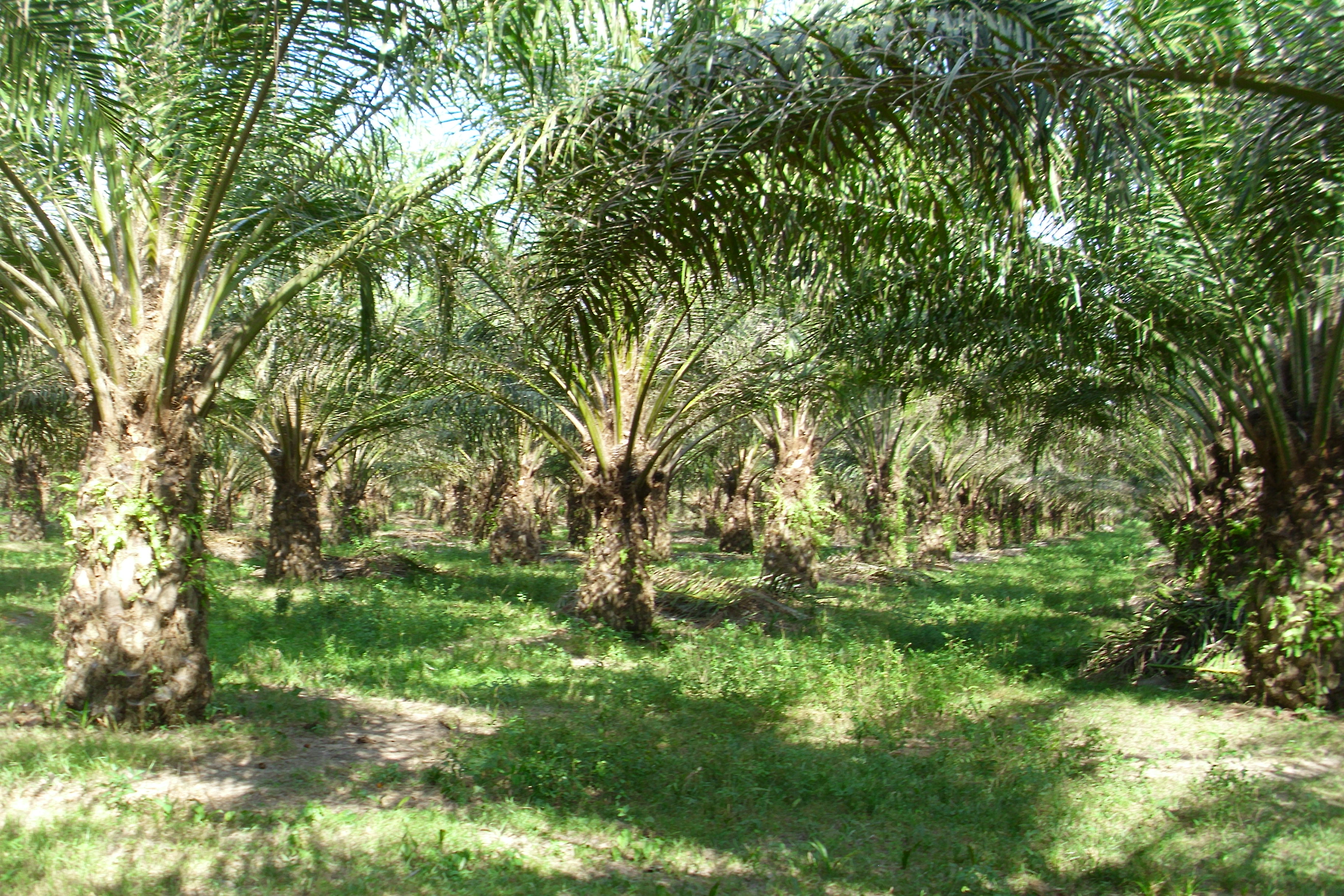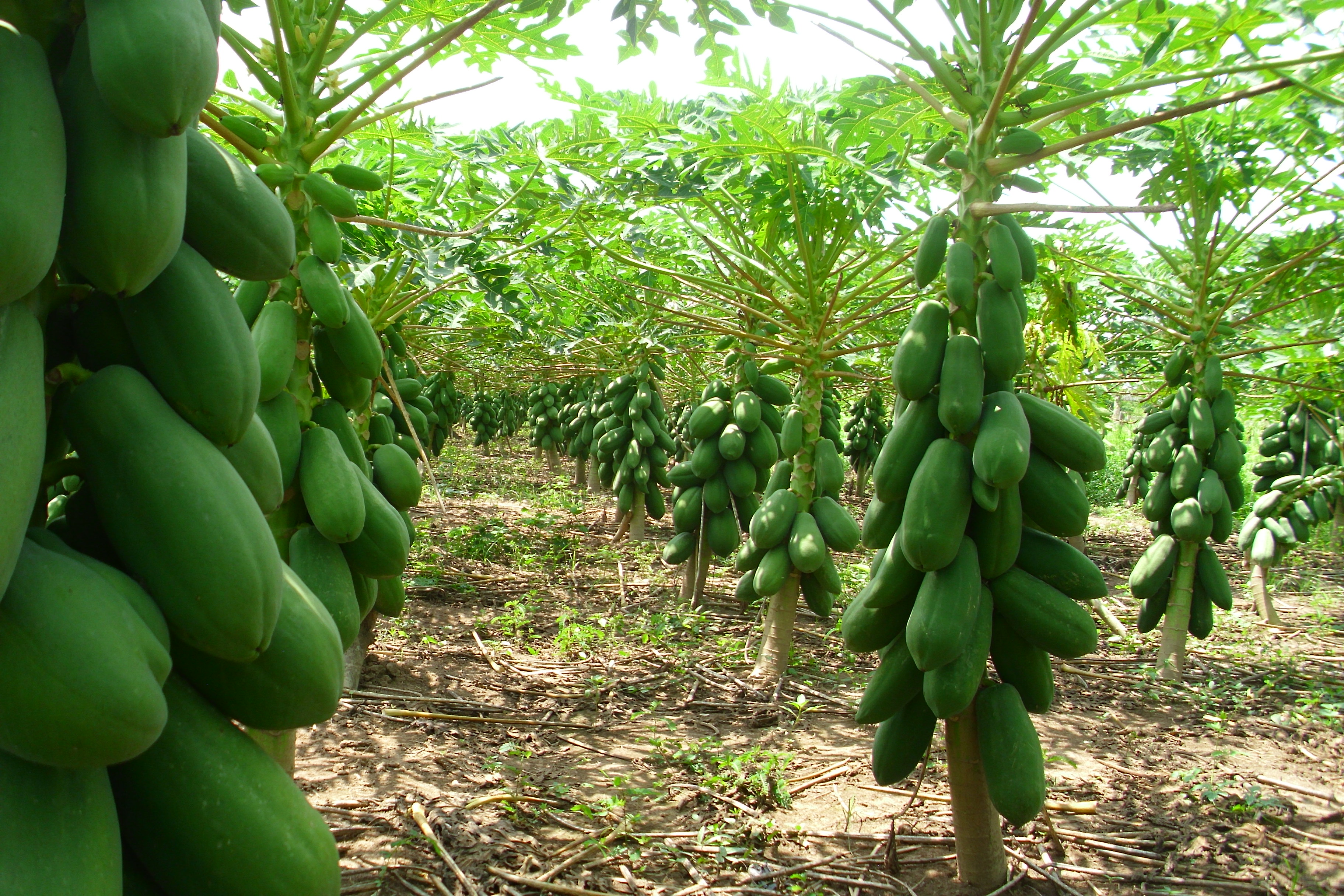Chlorophyll is a green pigment present in plants, algae and some bacteria that plays a fundamental role in the life of these organisms, its name comes from the Greek "chloros" (green) and "filon" (leaf). This biomolecule is essential for photosynthesis, the process by which plants convert sunlight into chemical energy, allowing them to grow and develop. According to what was mentioned by Fuentes (1998), chlorophyll is formed by the action of sunlight, a seedling raised in the dark can become white or yellowish in color, but turns green when it receives sunlight, for example, the same author points out that the underground stems of some plants such as asparagus turn green when exposed to the surface.
In this same vein, it is important to mention that under normal conditions green plants contain a sufficient amount of chlorophyll, however, when some nutritional elements are scarce in the soil, there is a decrease in the amount of chlorophyll, which is manifested by the yellowish hue taken by the leaves and young stems. This deficiency of chlorophyll is called chlorosis and leads to a decrease in photosynthesis, which in the field translates into a decrease in crop yield and sometimes in the death of the plant.
The main function of chlorophyll is to facilitate photosynthesis, this crucial process transforms light energy into chemical energy, which is then used to synthesize organic compounds, such as carbohydrates, that the plant needs for its sustenance, in essence, chlorophyll captures the energy of sunlight and uses it to drive the conversion of carbon dioxide and water into glucose and oxygen. According to some researchers, there are different types of chlorophyll, with chlorophyll a and chlorophyll b being the most common in plants, each type absorbs light at different wavelengths, which allows plants to take advantage of a wider spectrum of sunlight for photosynthesis.

Chlorophyll not only allows the production of energy, but also influences various aspects of plant development, which are mentioned below:
- Growth and development: The energy produced by photosynthesis is used by plants to grow and develop.
- Green color: Chlorophyll is responsible for the characteristic green color of plants.
- Oxygen production: As a byproduct of photosynthesis, oxygen is released into the atmosphere, a gas vital for the respiration of most living things.
Dear readers, interestingly, it can be said that the molecular structure of chlorophyll is similar to that of hemoglobin in human blood, the main difference lies in the central atom which is magnesium in chlorophyll and iron in hemoglobin. In addition to its role in photosynthesis, it has been suggested that chlorophyll has antioxidant properties and may contribute to human health, although more research is needed in this field.
Finally, as a summary we can say that chlorophyll is an essential pigment for plant life, its ability to capture the energy of sunlight and convert it into chemical energy through photosynthesis is fundamental for the growth, development and survival of plants, as well as being crucial for the production of oxygen on our planet.
Thank you for reading our articles, until a next publication.
| Bibliographic references |
|---|
- Mazparrote, S. and Delascio, F. (1998). Botany. Biosphere Publishing House. Miranda, Venezuela.
- Fuentes, J. (1998).Agricultural botany. Mundi.press. Madrid, Spain.
Sources
- Photography and images:
- Agrotecnia banner:
- Hive Banner: All photographs and images are the property of the author @amestyjmade by the author @amestyj with own imagesDesigned by the author @amestyj with image owned by hive.




That’s good to know. I know heamoglobin is a very important aspect of the human blood.
Seeing how they both are alike with slight difference makes it easier to understand how important chlorophyll is to plants. Too bad we can’t get food from sunlight as humans…just kidding around btw
Hello, thank you for your valuable comment certainly nature is amazing, if we were autotrophic beings like plants that make their own food everything would be easier.
See you later, have a great week.